6 iconic symbols of perestroika that are no longer with us
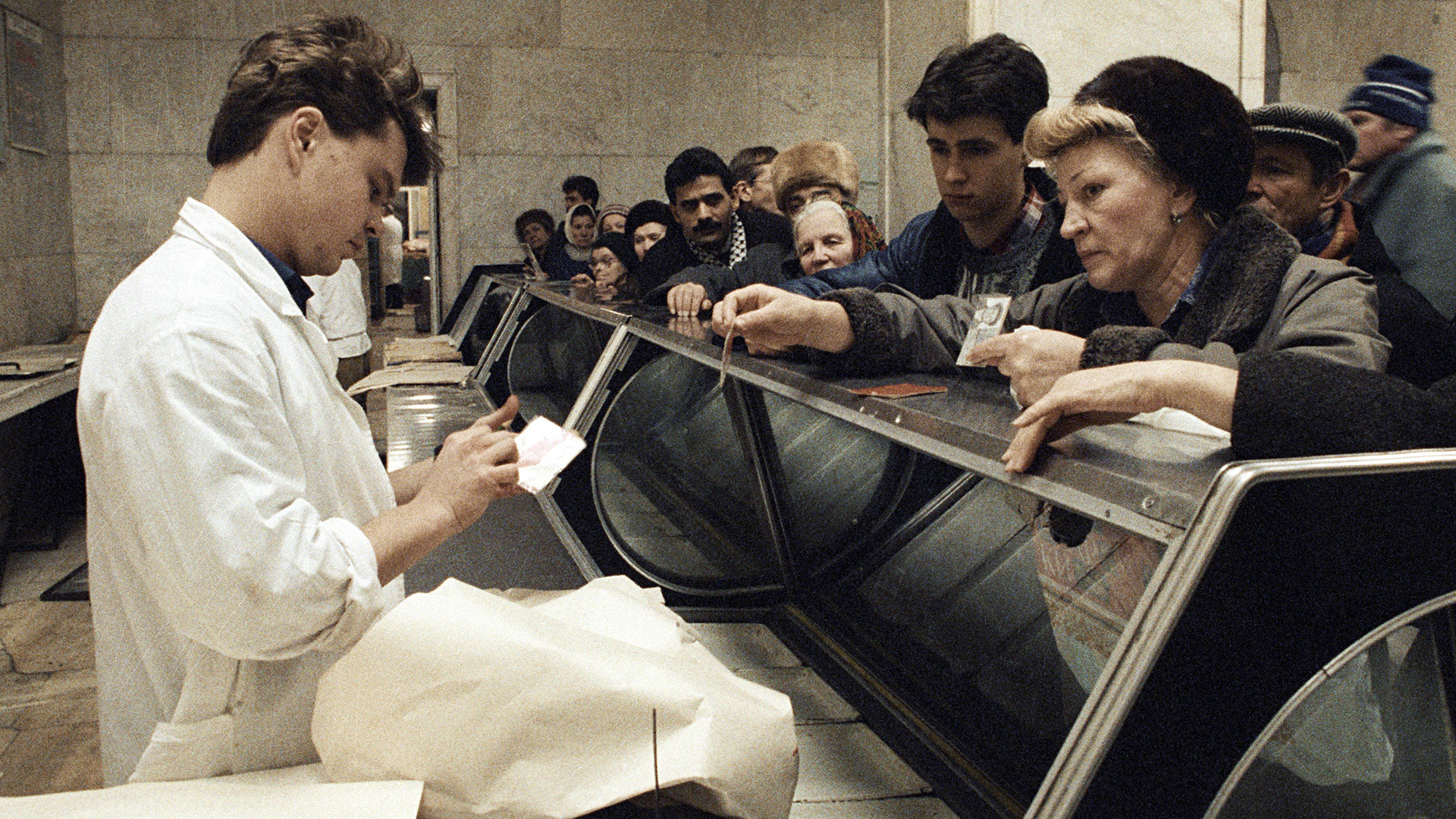
1. Moonshine still
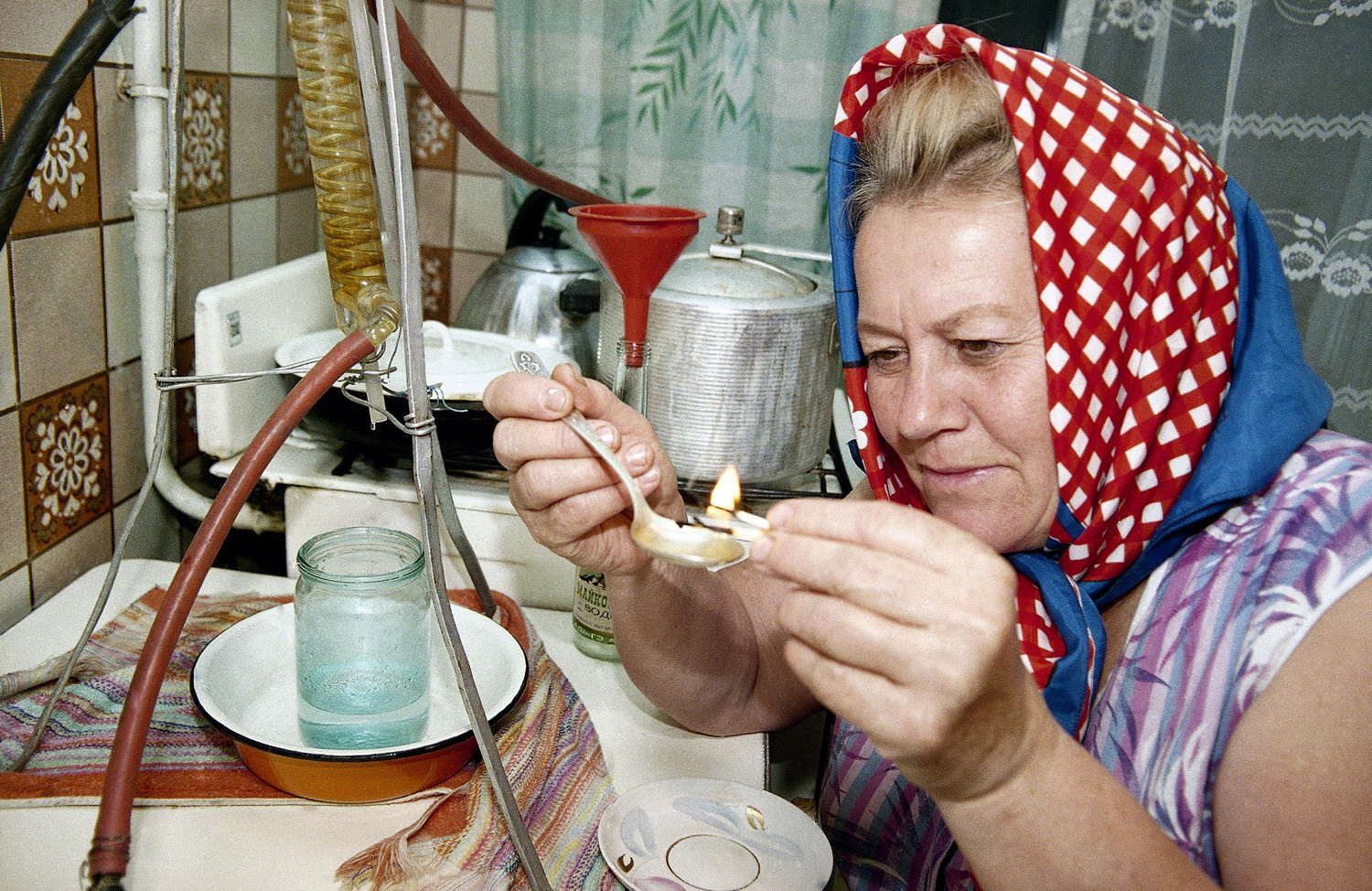
A woman in the southern Russian city of Maikop lights with a match a spoonful of the moonshine she made, to check its quality
APOne of the most controversial actions taken by authorities during the years of perestroika was the prohibition campaign. It began two months after Gorbachev came to power in 1985 and lasted two years. Alcoholism was rife in the late USSR but the measures taken by the authorities seemed to many to be too drastic – a sharp increase in prices, the closing down of liquor shops, limiting hours when alcohol was sold, calling on people to reject drinks at festivities - such as weddings - and even rooting out grapevines in several regions of the USSR. Combined with economic difficulties such as a shortage of products in shops, it made people bitter. It also harmed government tax revenues.
The policy also boosted bootlegging. As Gorbachev admitted later himself, the campaign increased the production of moonshine alcohol. Homemade liquor was produced in full swing with the help of machines like this. At the same time, the campaign considerably increased life expectancy and reduced mortality rates in the Soviet Union.
2. Mass circulation newspaper
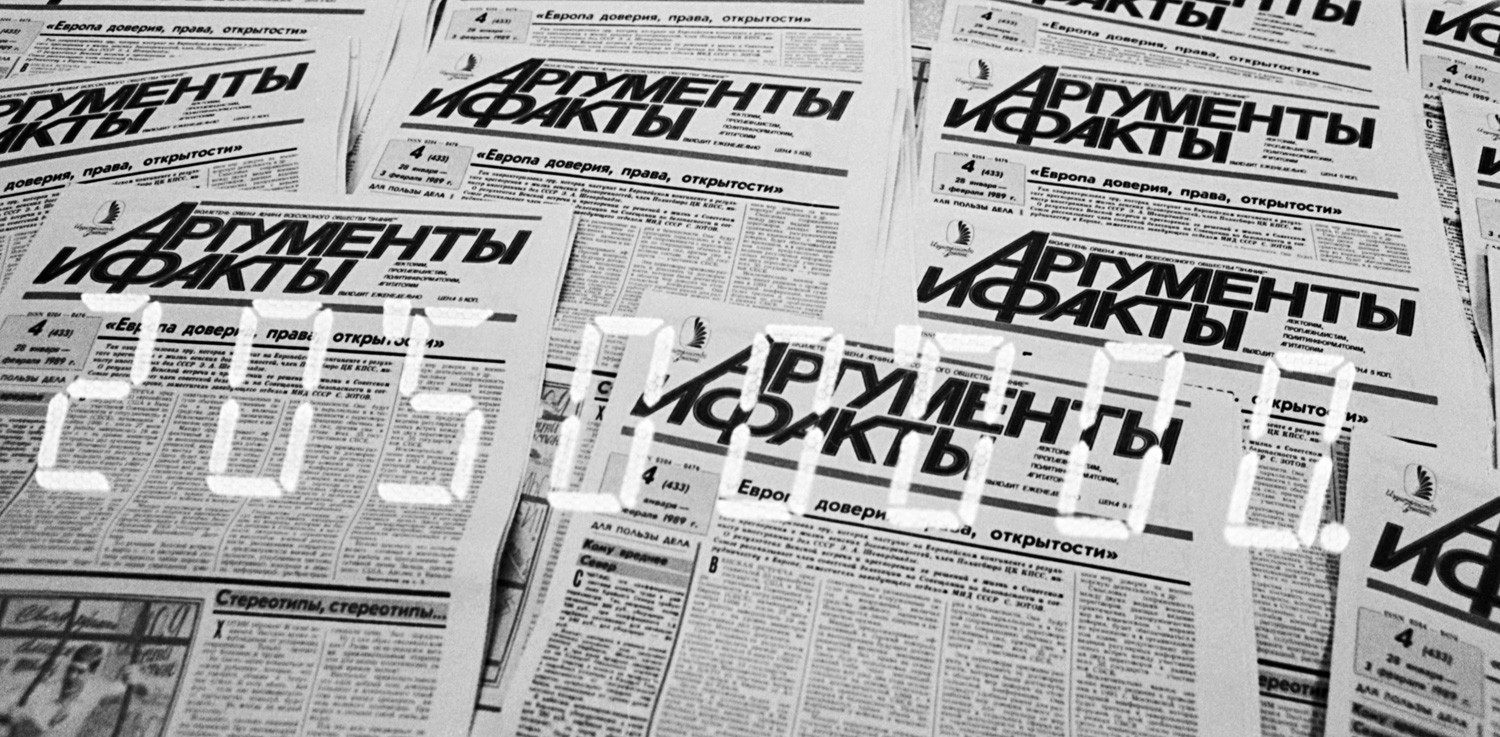
The circulation figures of "Argumenty i Fakty" (Arguments and Facts) made it into the Guinness Book of Records
Roman Denisov/TASSPerestroika was the time of glasnost - a notion that mainly implied press freedom. Hitherto highly censored and controlled information started to flow freely to the public. It led to a situation when the circulation of certain newspapers increased dramatically. Such was the case with weekly paper Argumenty
Facts) whose circulation figures made it into the Guinness Book of
Something similar happened at the time to Soviet literary monthly magazines. Until
3. Soviet personal computers
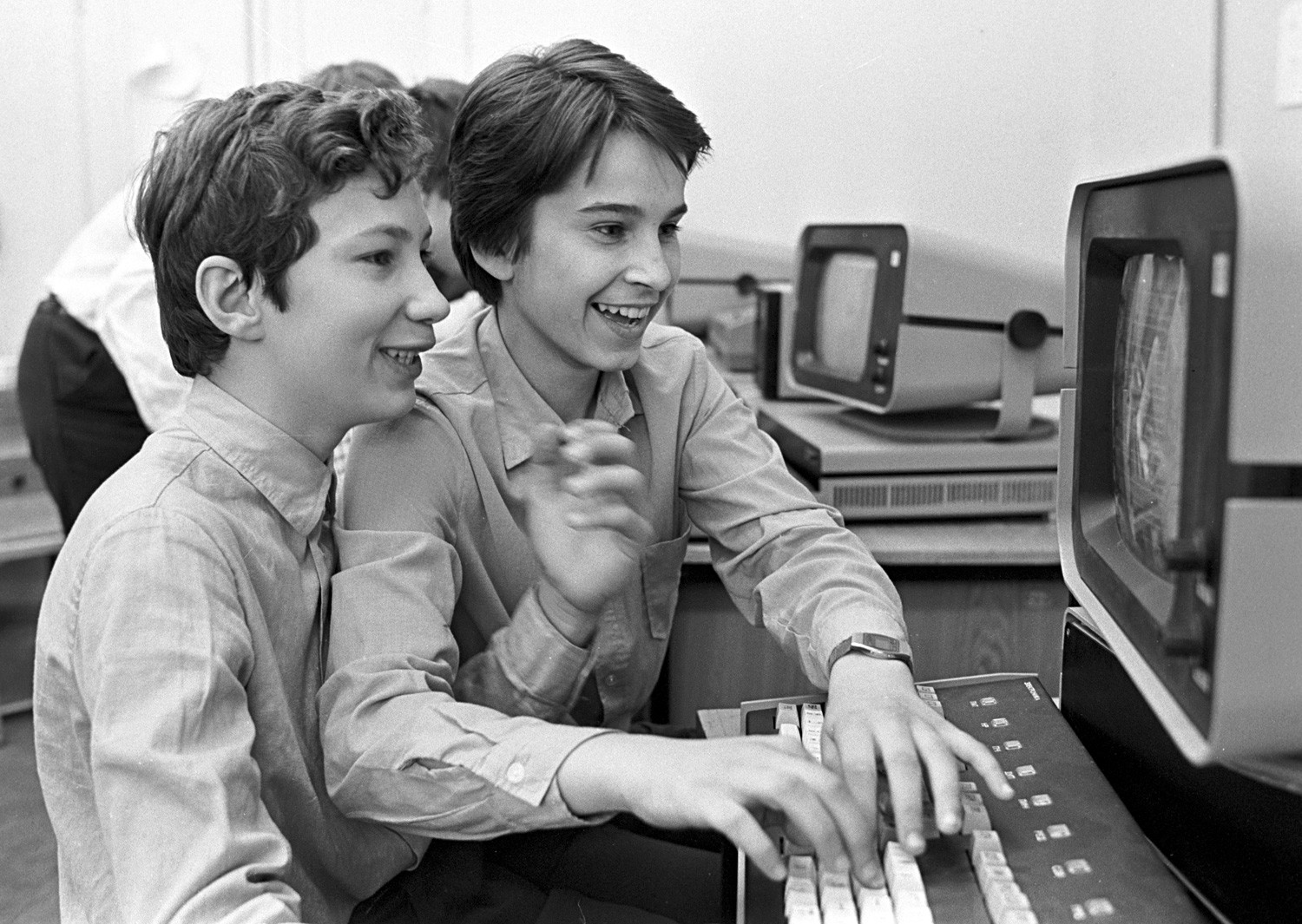
Soviet schoolboys are learning how to handle computers at information science lesson (1985)
Petryhin/SputnikThe first Soviet IBM compatible computer Assistant-128 was produced along with the Elektronika BK (one of the most widespread Soviet home PCs at the time) and the Korvet that was used in school classes. There were also Vektor, Vesta, Sura and multiple clones of Western devices. Such computers were produced until the early
4. Videocassettes
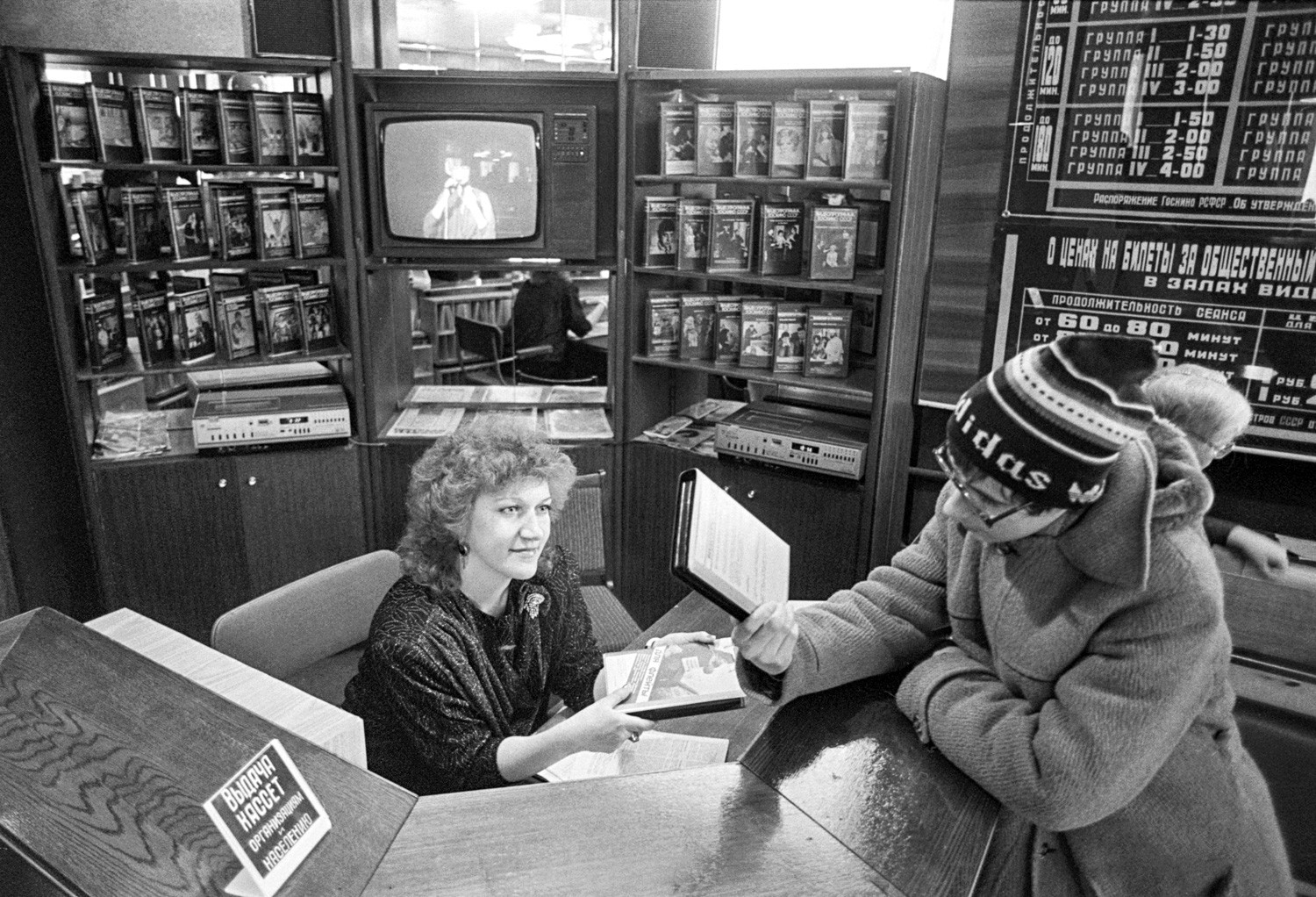
During perestroika videocassettes stormed the USSR
Boris Klipinitser/TASSPerestroika was a time when videocassettes and VCRs stormed the USSR. Few could afford to buy a VCR and they were also hard to obtain, so in the late 1980s video saloons mushroomed. These were small public places that usually screened films on a simple VCR. It did not cost much and was extremely popular among youth. There one could see Hollywood movies that had earlier been the stuff of legend. In this
5. Acid washed jeans

Almost everybody then got into acid washed jeans
Audrus Ulozyavichus/SputnikPerestroika changed not only the way people drank, read and watched but also the way they looked. Almost everybody got into acid washed jeans. Jeans were not as widespread in the USSR as in the West, but demand was high. When the borders opened during perestroika a new breed of "shuttle trader" filled the niche. Polish jeans Mawin became extremely widespread.
Acid washed jeans were also produced within the country by another new business class – people working in cooperatives, a new economic format endorsed by Gorbachev that implied more economic freedom. Soviet citizens who wanted to try their entrepreneurial spirit produced acid washed
6. Coupons
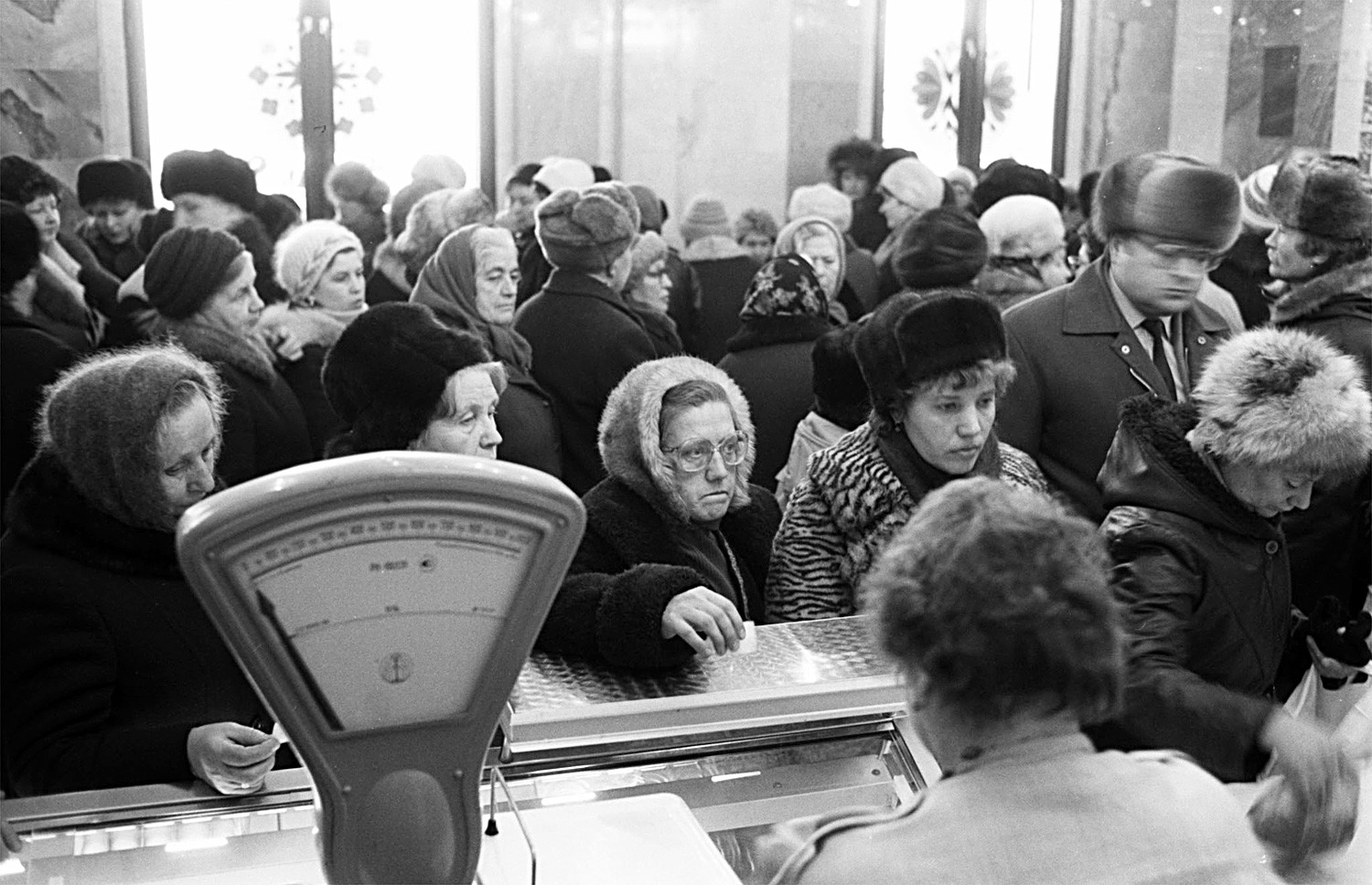
Gorbachev’s economic reforms were a failure and the country’s economy was descending into a deep crisis
Boris Kavashkin and Lyudmila Pakhomova/TASSCoupons were probably the most memorable - and ubiquitous -
Read here about the last Soviet computer game that peddled democracy.
If using any of Russia Beyond's content, partly or in full, always provide an active hyperlink to the original material.
Subscribe
to our newsletter!
Get the week's best stories straight to your inbox